
When a brand reaches a certain scale domestically, it often sets its sights on the global market. However, launching a point-of-sale (PoS) campaign in a new region can get complicated. First, you need to understand how each region operates, available materials, local regulations, and supply chain and payment logistics. When you enter dozens or hundreds of markets, the challenge of ensuring continuity across campaigns and optimizing performance is even greater.
Also Read: Exploring Global Markets: Countries and Industries Offering Opportunities for Overseas Business
Where can you find the resources you need to build your in-store display? How will you get each of them where they need to go and determine their actual location? What tax and payment processes should you expect? The following advice is for emerging brands looking to expand into new areas and how to prepare for PoS success.
You need a strong chain
Brands need to maintain consistency as they expand their PoS globally. The look and feel of the marketing campaign must be the same, enhancing messaging and reputation. For example, a brand promoting itself as sustainable provides good traction for image building and engaging audiences. However, failure to use sustainable materials in a specific PoS deployment can cause severe backlash.
A strong supply chain is the backbone of a successful PoS campaign, but not all markets have similar access to materials, and costs vary. If high-quality recycled polyester is required for in-store displays, local production may be scarce and import duties may be high. In this case, working with local suppliers may uncover sustainable material options and facilitate bulk imports to reduce costs. Crucial to this are strict quality control measures and clear guidelines to ensure buyers are undertaking correct material sourcing and production.
It cannot be overemphasized that brands have intimate knowledge of their supply chains and are able to verify the materials used in PoS campaigns. A visit to a local factory can provide insight into the use of materials and their availability. Armed with this knowledge, you can begin to reach agreements with production partners on material quality, specifications, and standards to increase brand consistency.
based infrastructure
Having the right materials is one thing, but if you can’t move them across regions to specific locations, it’s all for naught. Remote markets over large geographic areas, such as India or parts of Australia, can be particularly difficult.
It’s all about transport and timetables, which means researching local infrastructure.
What are your transportation options? Which routes make the most sense? How will you complete that critical last mile? These are the questions you need to answer. Additionally, let’s say you want to move a large-format PoS display in an area with limited road infrastructure or transportation options. Working with local logistics professionals can provide air or sea shipping options for bulk shipments. A good partner already has an existing network in place that can get materials where they are needed, when they are needed.
local perspective
All the time, effort, and money behind a PoS campaign can be wasted if the display appears in a store location where your target audience will never see it. You don’t want to be stuck in the corner of your store, overwhelmed by your competitors. You also don’t want your store location to be in a location that receives little foot traffic or is in an unattractive neighborhood.
Market information from sources such as retail partners may help you make decisions from afar, but not nearly to the extent of local intelligence on the ground. While on-site visits are important, it’s also crucial to find a partner who is available, understands the nuances of the market, and can provide feedback. This will generate savings over time while ensuring your PoS campaign is truly in the best position to succeed.
Such a partner understands the regulations and processes that need to be met to launch PoS activities. Each market has its own rules governing indoor displays, outdoor advertising and promotions. Failure to comply can result in fines, legal issues and the disruption of long-planned activities.
Sufficient time must be allowed to develop a deep understanding of local laws and address compliance issues with legal experts. Alternatively, you can avoid a lot of headaches by finding a partner who is familiar with your needs and can respond quickly to changes.
Find financial guidance
When you venture across borders, you’re bound to encounter different import tax and payment regulations. Some countries may want you to create a local subsidiary as part of doing business there. Otherwise, you may face high import taxes when conducting PoS activities.
That said, find a local customs broker to guide you through the import process and pay the fees. You may be surprised to find that some materials can be produced locally, thus eliminating import duties. Note that payments may need to be made in local currency, so you’ll need a global payments provider or a local bank account to do this. This means thoroughly understanding the terms to ensure they are beneficial to your operations.
Open up new markets
New markets offer new potential, but if not handled correctly, they can also consume almost the entire PoS budget and waste investment. By considering the above tips, understanding market nuances, and adjusting accordingly, you will be better able to explore new markets and run successful PoS campaigns.
Remember, success requires due diligence, planning and a thorough understanding of a specific market, which is best achieved through local partners and intelligence.



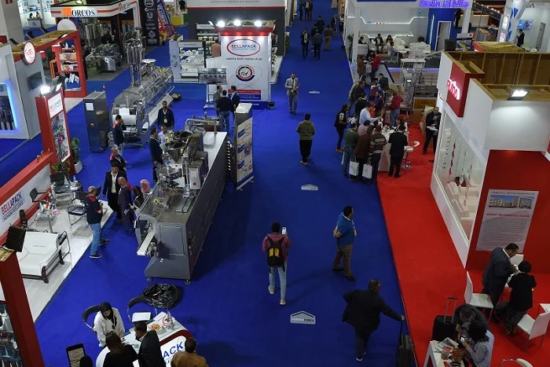
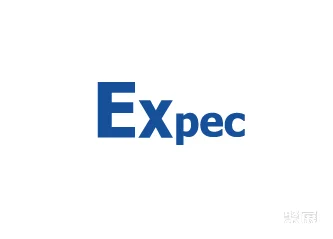


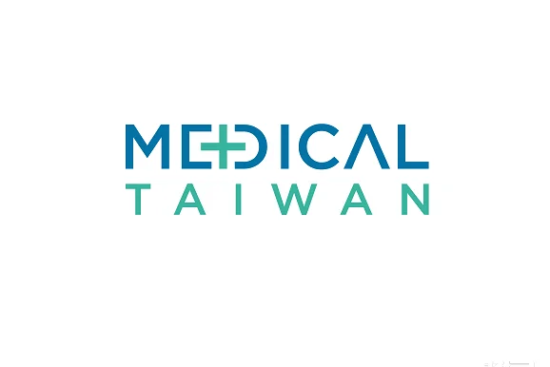

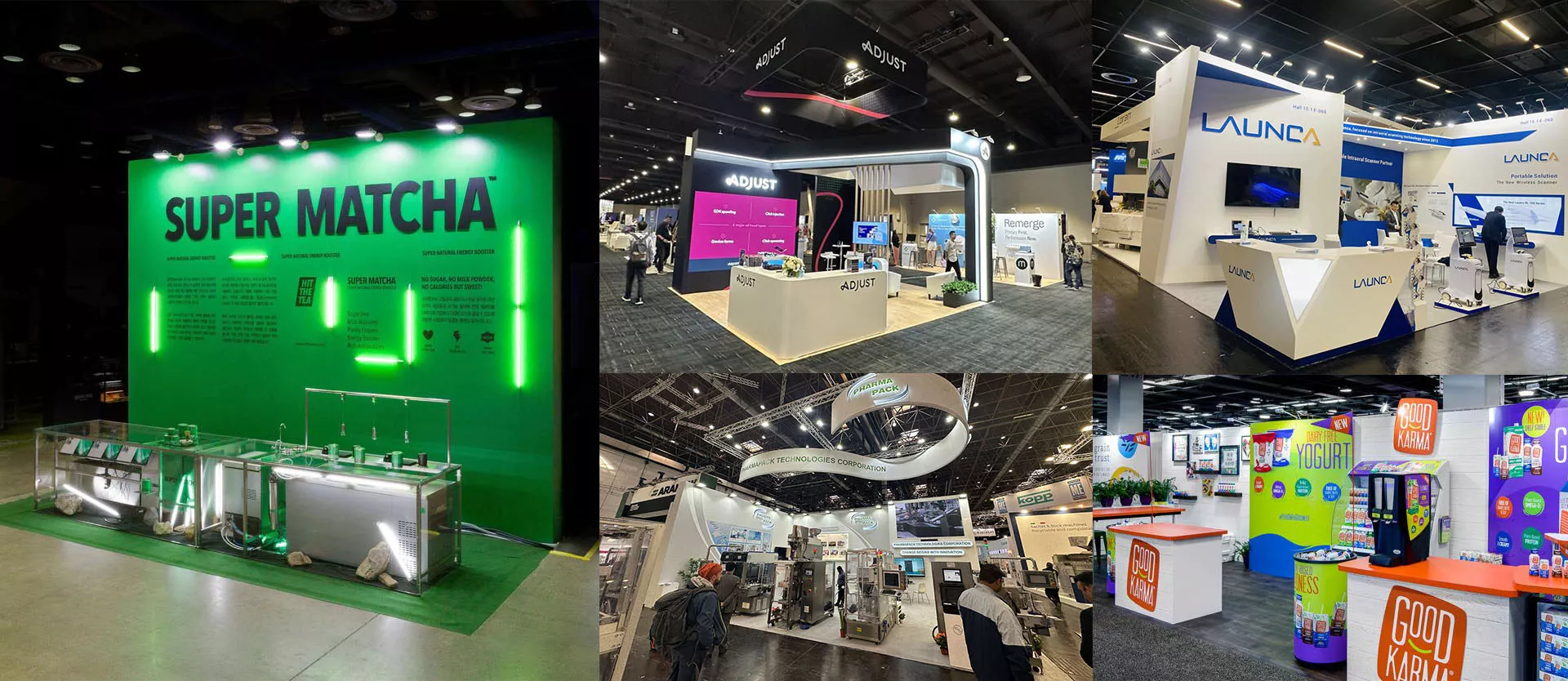
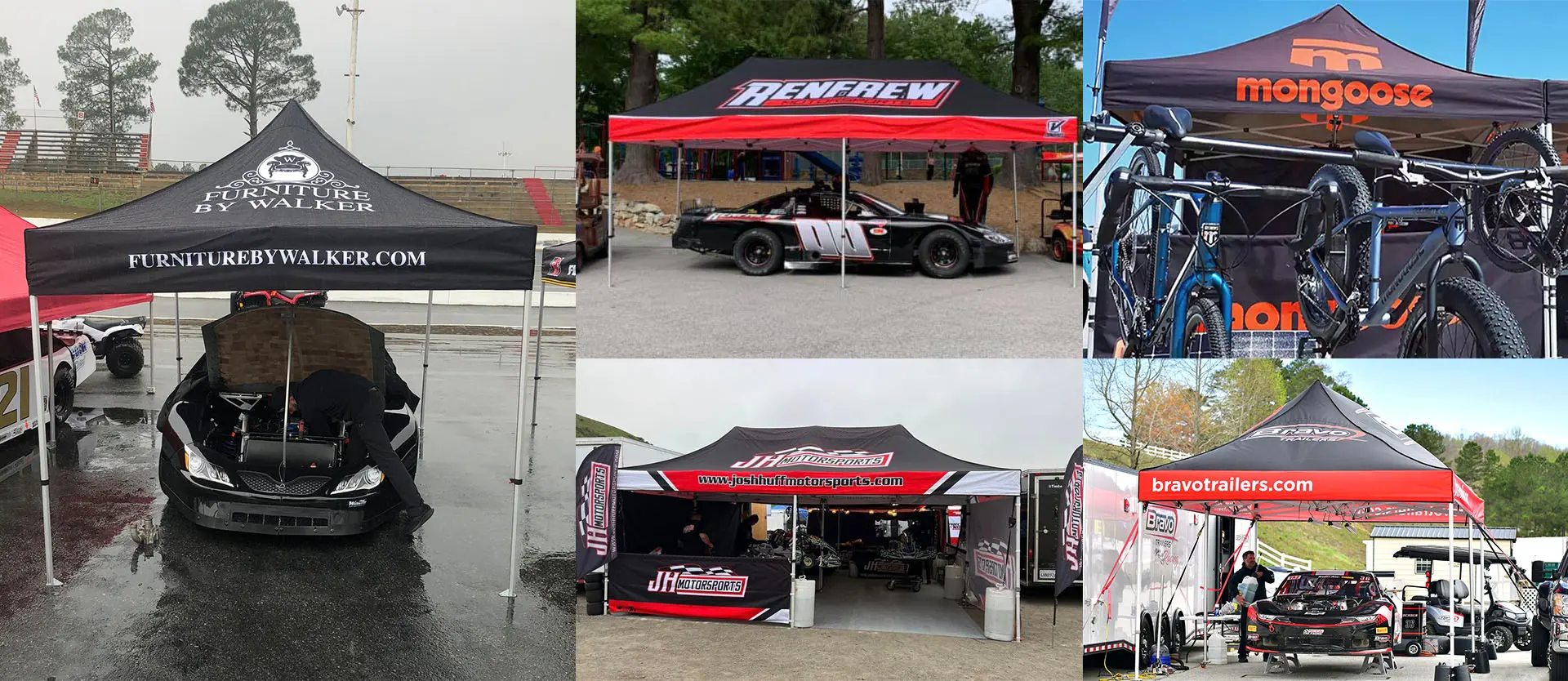
Leave a Reply Cancel reply
You must be logged in to post a comment.